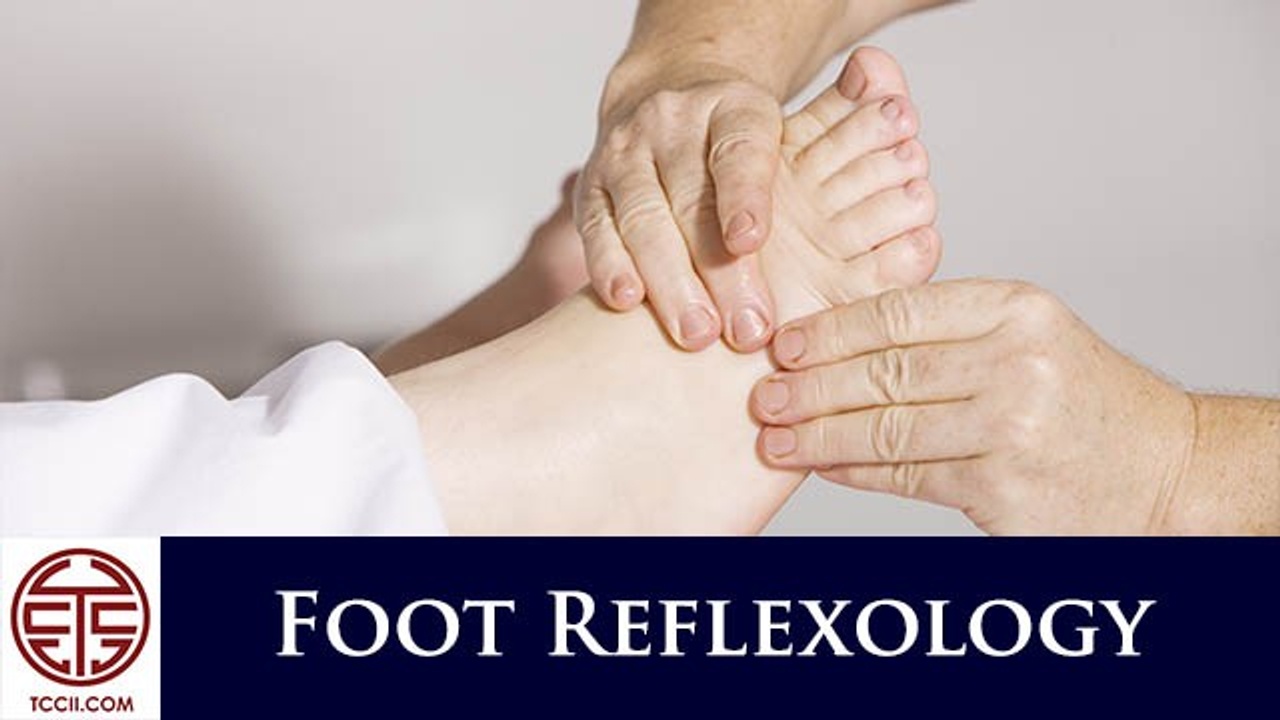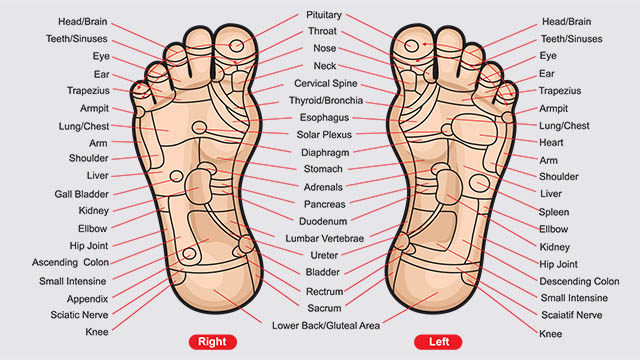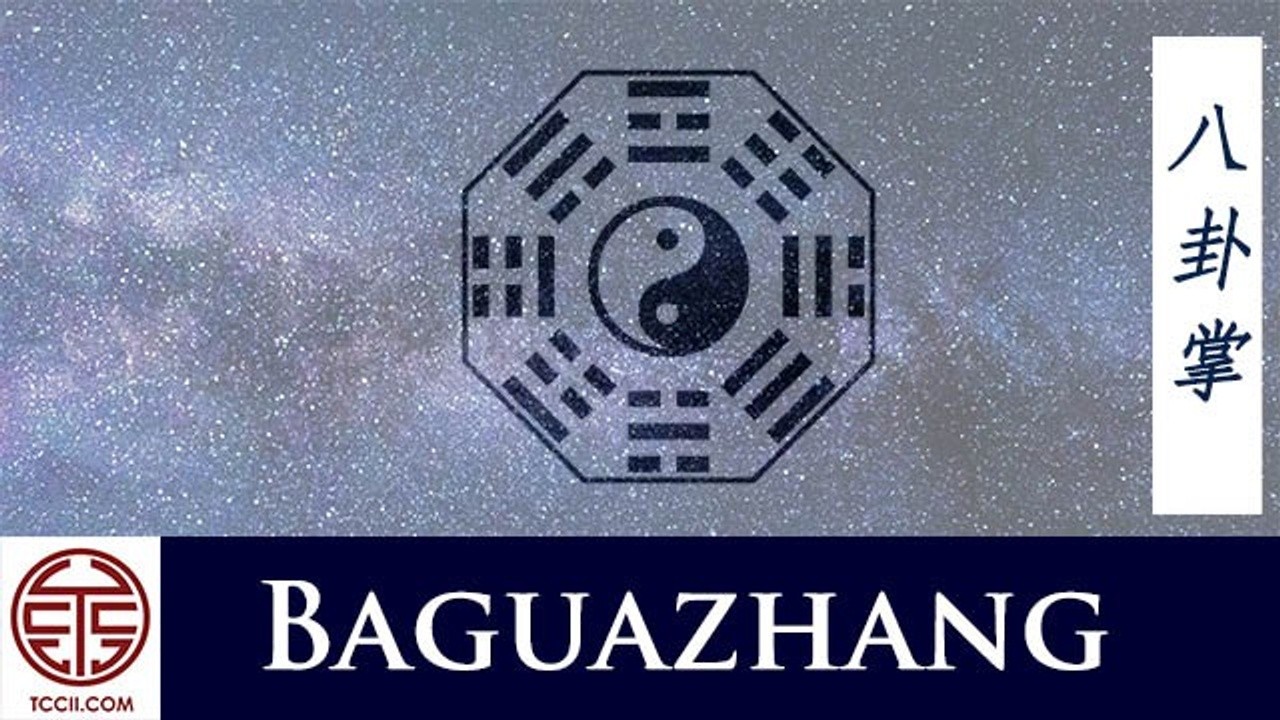Chinese Foot Reflexology

Written by YU Ruoluan Translated by Cao Bin
Several years ago I became allergic to pollen and dust. One day I almost died of an allergy to suffused chemicals in a newly-decorated room. Later I was diagnosed with asthma, which put me on a potential lifetime medication. Out of curiosity, I turned to traditional Chinese medicine for help. Recalling the “magic power” of foot massage that I had heard in the past, though being skeptic, I decided to give it a try. So I started to learn foot massage from an experienced teacher.
In the beginning, I massaged my feet once every other day out of enthusiasm and good wishes. About one month and a half passed, my allergy was still not cured. I carried on for another month before I realized that I had been breathing smoothly during the period without taking any medicines. I came to my doctor to run the test again, and the result showed that I was breathing normally.
When it comes to foot massage, only by being patient, confident and through continuous learning could we expect some good results.
Working principle:
The working principle of foot massage is through repeated stimulation of peripheral nerves that are connected to body organs to promote circulation, enhance immunity, improve physique and help with diseases.
Notes for foot massage:
- Diabetes patients should be careful not to break the skin;
- Patients with a serious heart disease or a blood pressure that is too high or too low should avoid strong stimulation;
- Patients with serious heart or kidney diseases should drink less water but increase drinking frequency so as not to burden their heart or kidney too much;
- No massage is allowed in areas of serious varicosity in case of severe hemorrhage caused by bursting veins;
- Avoid massaging areas that are related to genitals (uterus and ovary) when being pregnant.
Foot massage is not suitable for the following conditions:
- People with serious skin disease or wounds in feet;
- People with serious hemorrhagic tendency;
- People with serious anemia;
- Extremely feeble people (e.g. those with a severe heart, kidney or liver failure);
- Starving or stuffed;
- An hour before and after midday or midnight.
Preparations before foot massage:
- Clean your feet;
- Drink one or half a glass of warm water;
- Clip your nails;
- Essential oil or cream, edible oil is also acceptable;
- An illustration of reflecting areas in feet;
- Massaging roller, or hands.

Massaging Sequence:
Massage your feet according to the following order so as not to leave out any areas. You can start from left foot to right foot, toes to heels, and inner side to outer side. You must follow the same order instead of moving back and forth and refer to each and every reflecting area in the illustration.
Starting from the reflecting area of brain in the left foot, which includes the back and side of toes – big toe (brain is the highest central pivot of nervous system, massage for 5 min); massage the remaining toes for 3 min.
Inner side – genitals and the whole vertebra from neck to caudal, very effective for treating backache and lumbago (3 min).
Back – chest (preventing breast cancer), windpipe and inner ear (5 min).
Outer side – such as testicles and ovary, shoulder joints, knees (2 min).
Sole – upper half, trapezius muscle, lung, heart (left foot), 15 min; lower half, stomach, pancreas, kidney, adrenal gland, spleen, liver, gall, ureter, intestines.
Massaging force:
Different people with different illnesses have different senses of pain. An ideal situation is to feel comfortably painful. Different reflecting areas have different sensitivities, which requires a messaging force that couples hardness with softness.
When massaging sensitive areas such as those related to eyes, ears and frontal sinus, you should be soft; when massaging less sensitive areas such as those related to kidney, adrenal gland and small intestine, you should be a little hard in your fingers.
You will be comfortable and content after massage.
Time and frequency:
For health care purpose, 1-3 times a week, 30-40 minutes each time.
For treatment purposes, the time and frequency of foot massage should be varied according to patients and state of illnesses, e.g. 3-7 times a week, 2-3 weeks as a course of treatment (that is to say, massage for 2-3 weeks in a row before pausing for 2 weeks, than resume). Increase stimulation in certain reflecting areas according to specific state of illness and adjust stimulation force in response to body reactions.
Drink a glass of warm water after massage to help “detox.”
The most effective way is to develop a habit for regular foot massage, instead of doing it only when you have time.
Reactions after foot massage:
- Relaxed, energetic, sound and deep sleep – those are the desirable results;
- Fatigue, headache, slight fever, dreaminess;
- Increased nasal mucus or blood clots;
- More urine that is darker, turbid and smelly;
- Body odor appears or gets serious;
- The sense of pain in feet gets more sensitive, more sweat from soles, swelling feet or ankles;
- Better appetite, enhanced metabolism;
- Skin ulcers or varicose veins in legs;
- Recurrence of old illnesses that is not thoroughly cured in the past or appearance of illnesses that used to be controlled or repressed by medications – those are signs of healing instead of side effects. There is no need to panic.
The 3 Secret Keys Masterclass
Pay What You Want
Your Journey Starts Here: Unlock the Qi Power of Any Posture, Move or Stance. This is the foundation for all Internal Arts... Taijiquan, Kung Fu, Qigong, Meditation, Baguazhang, Xingyiquan, Wudang...








